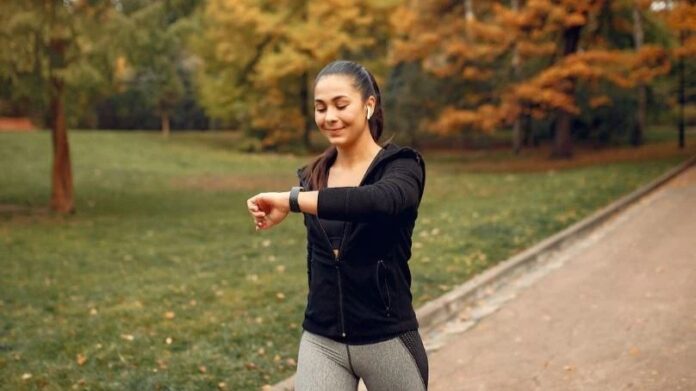Brisk walking is a well-regarded exercise that falls between a casual stroll and a run. Typically performed at speeds of three to four miles per hour, this moderate-intensity activity elevates heart rate and breathing, as detailed by research in BioMed Central.
Its benefits are well-documented and cater to various aspects of health.
Benefits of Brisk Walking
Cardiovascular Health: Brisk walking is known for enhancing heart function and blood circulation. Regularly walking at this pace can lower blood pressure and diminish the risk of heart disease and stroke, particularly in individuals aged 50 to 65, as supported by a study in Preventive Medicine.
Weight Management: This activity burns more calories compared to a leisurely walk, contributing to a caloric deficit essential for weight loss. Additionally, it boosts metabolism, aiding in calorie burn even while at rest, according to the Journal of Physical Therapy and Science.
Stress Relief: The steady rhythm of brisk walking helps reduce stress and anxiety. It triggers endorphin release, which can improve mood and alleviate depression. The Journal of Pediatric Nursing reports that a 12-week brisk walking program can significantly reduce symptoms of anxiety and depression.
Blood Sugar Control: Brisk walking enhances insulin sensitivity and promotes glucose uptake by muscles, helping regulate blood sugar levels. This can be beneficial in preventing and managing type 2 diabetes.Reverse Walking: An Innovative Alternative
Reverse walking, or walking backward, offers a distinctive approach to exercise by engaging in a movement opposite to traditional walking. It reduces joint stress and strengthens lower limb muscles without requiring special equipment, as noted in the Journal of Physical Therapy Science.
Advantages of Reverse Walking
Balance and Coordination: This exercise challenges balance and spatial awareness by utilizing different muscle groups. Research from ResearchGate suggests that backward walking can effectively enhance postural control and lower fall risk in the elderly.
Muscle Strength: Reverse walking engages often underused muscles, such as the hamstrings, calves, and glutes. Strengthening these areas can improve overall balance, coordination, and athletic performance, as outlined in the Gait and Posture journal.
Potential drawbacks
Fall risk: The unnatural movement of walking backward can increase the risk of tripping or falling. Limited visibility of obstacles makes it harder to avoid potential hazards.
Muscle soreness: Utilizing different muscle groups may result in soreness, especially in the calves, if performed excessively or incorrectly.Both brisk and reverse walking have their unique benefits and potential risks. Choosing the right exercise depends on your personal health goals and physical condition.


